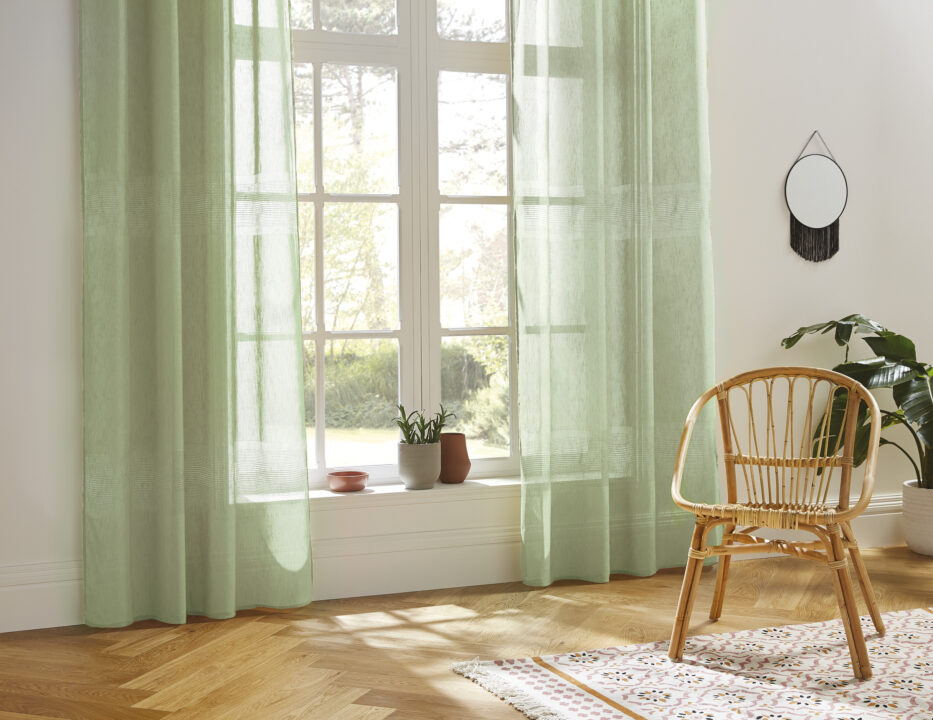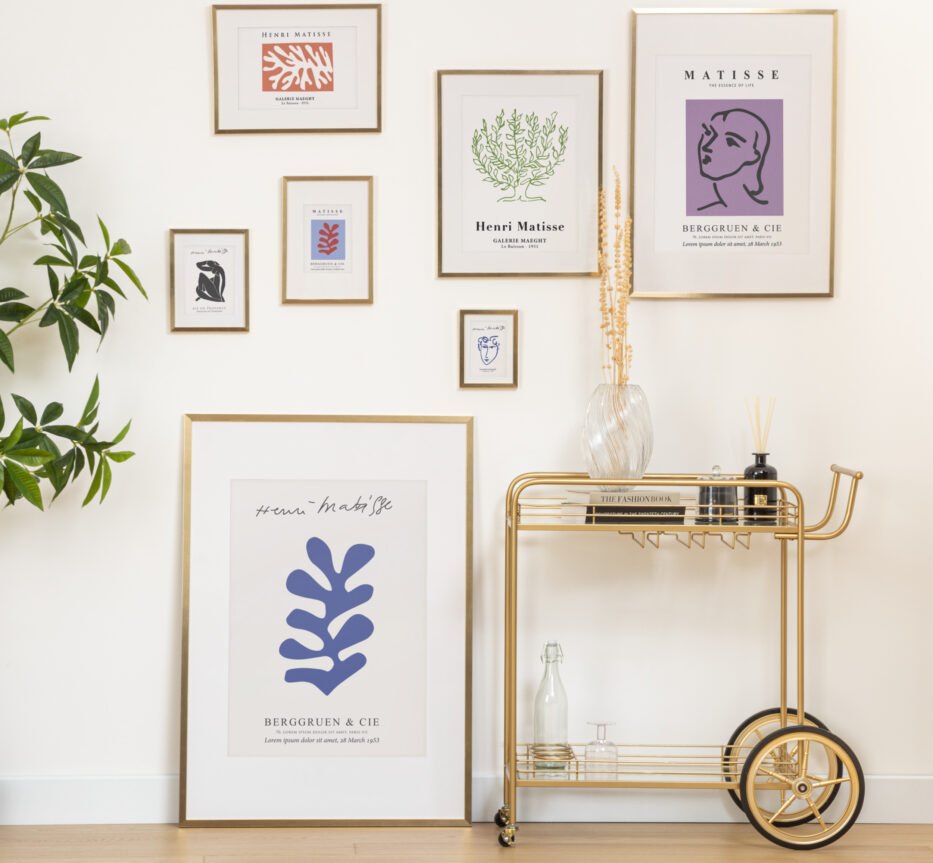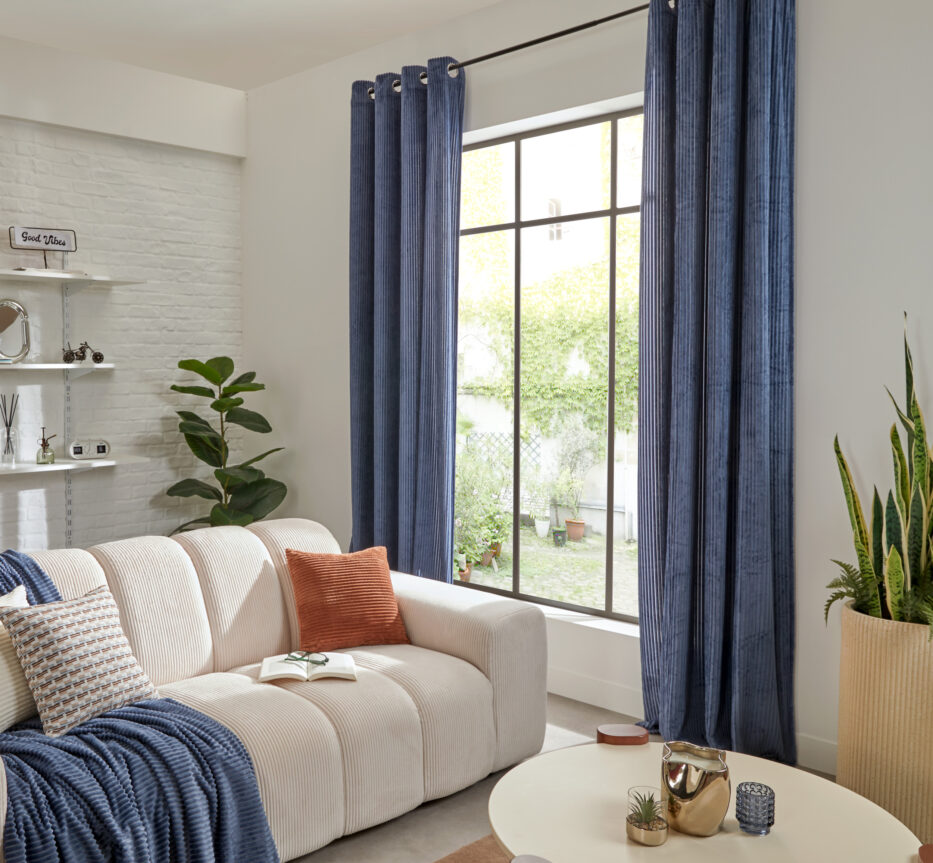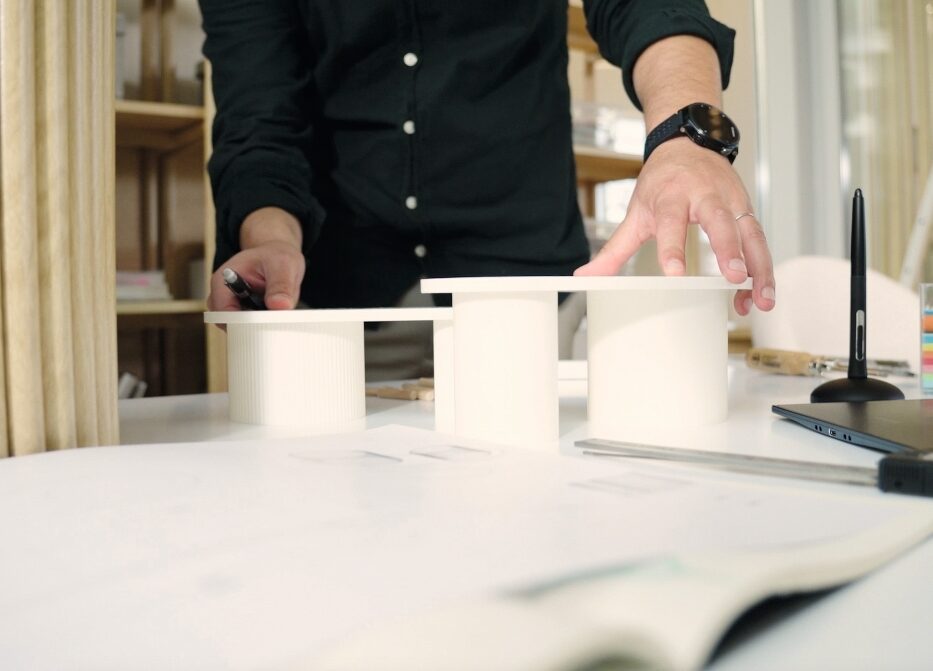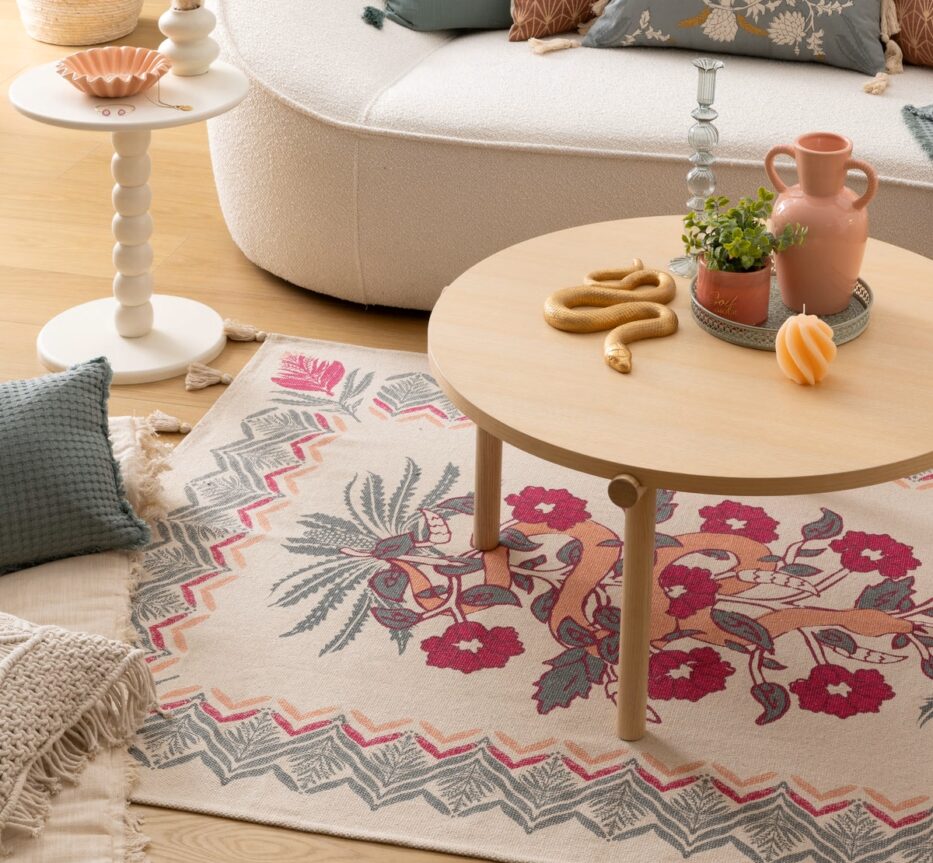Published 10/10/2025 |
3min
Feeling good at home: the importance of proportion
Discover how to master the art of proportion in interior design to create a harmonious home where every element finds its rightful place.
